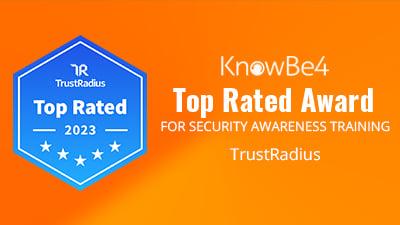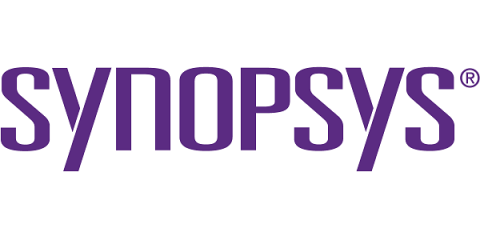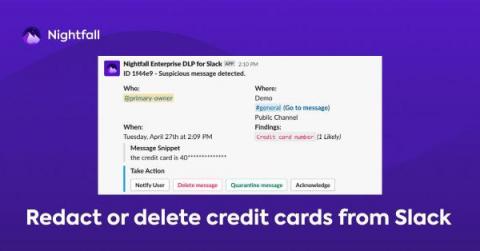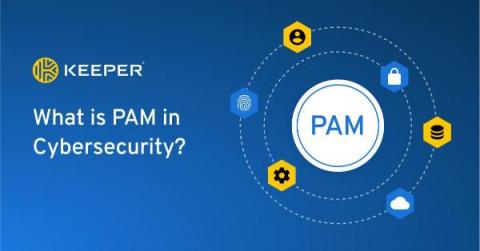KnowBe4 Earns 2023 Top Rated Award from TrustRadius
We are proud to announce that TrustRadius has recognized KnowBe4 with a 2023 Top Rated Award. With a trScore of 9.0 out of 10 and over 800 verified reviews and ratings, KnowBe4 is recognized by the TrustRadius community as a valuable player in the Security Awareness Training category. Reviewers on TrustRadius gave high marks for KnowBe4’s overall ease of use, the variety of training and phishing content available, and great customer support.










